
15 Dog-Safe Plants for a Pet-Friendly Garden
Published: 24/08/2024 | Updated: 10/06/2025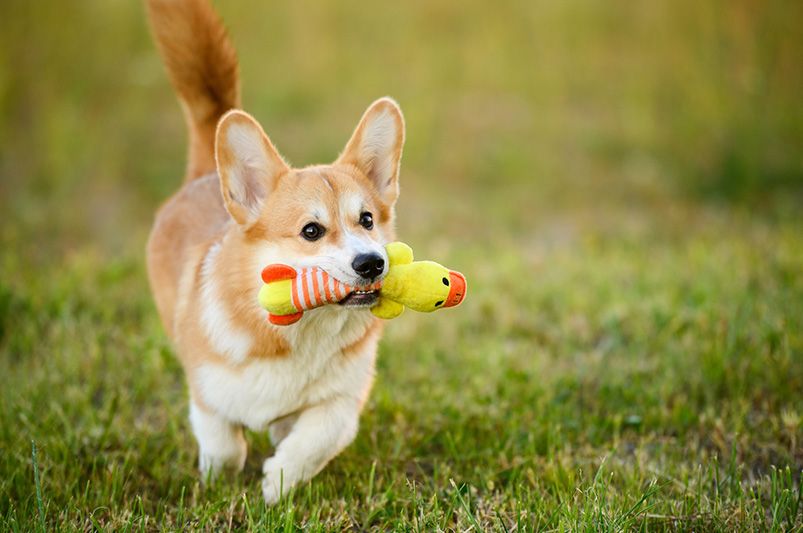
Key Highlights
Many plants can add beauty to your garden while keeping your furry friend safe. Choosing dog-friendly plants helps reduce the risk of accidental poisoning and unexpected vet bills. Whether you prefer bold flowers or fragrant herbs, there are plenty of safe options to suit your style and garden design. Before adding any new plant, take a moment to check its toxicity to ensure it won’t pose a danger to your dog. A well-planned, pet-safe garden not only looks great—it also supports your dog’s health and happiness.


Introduction
Bringing a dog into your home means creating a space where they can feel safe and thrive—both indoors and out. While plants can add beauty and fragrance to your garden, it's important to remember that not all are pet-safe. Some common garden favorites can be toxic to dogs if ingested. In this blog, we’ll highlight ten dog-friendly outdoor plants that are both attractive and safe. From the soothing scent of lavender to the hardy nature of rosemary, these selections not only enhance your garden but also give you peace of mind. With a little planning and the right plant choices, you can create a sunny, vibrant yard that’s safe for your dog and full of life.
Top 15 Dog-Safe Outdoor Plants for Your Garden
This list includes a variety of options, from colorful flowers to fragrant herbs—all safe for your furry companion. These plants not only add beauty to your yard but also offer practical benefits, such as attracting pollinators and providing natural ground cover.
With a bit of planning and thoughtful plant selection, you can design a garden that’s both stunning and safe for your dog to explore. Always keep an eye on your pup while they’re in the yard, and if you suspect they’ve eaten something harmful, contact your veterinarian immediately.
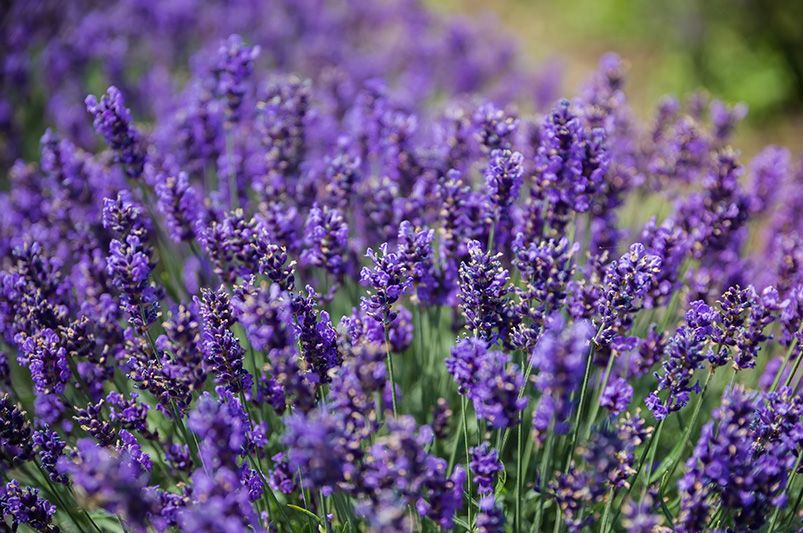
1. Lavender: A Fragrant and Safe Choice
Lavender is an excellent choice for dog-friendly yards thanks to its natural resilience, calming scent, and pet-safe properties. Unlike many common ornamental plants that can be toxic to dogs, lavender is generally non-toxic in small amounts and poses little risk if your pup happens to sniff or brush up against it. Its strong fragrance can even help repel fleas and ticks, offering a gentle layer of natural pest control. Plus, lavender’s drought tolerance and low-maintenance nature make it a hassle-free addition to any garden, allowing you to create a relaxing, aromatic outdoor space that both you and your dog can enjoy.
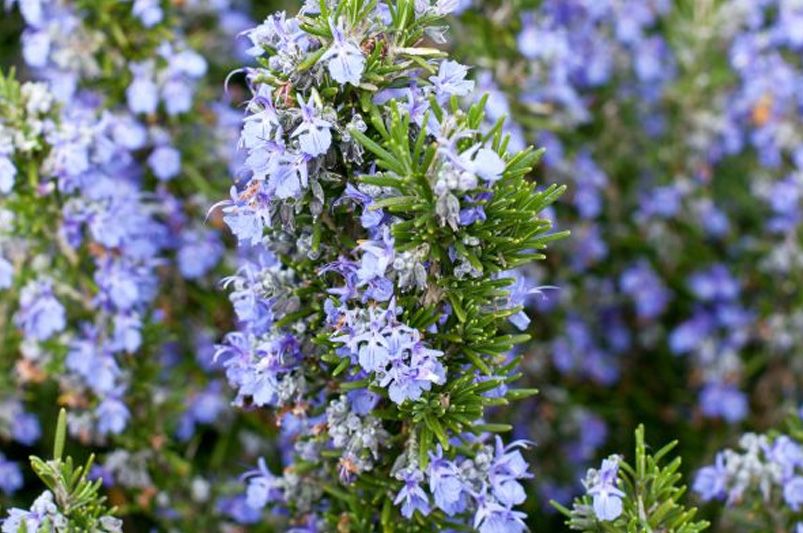
2. Rosemary: A Hardy Herb for Canine Companions
Rosemary is another fantastic dog-friendly plant that brings both beauty and practicality to your yard. It's non-toxic to dogs, making it a safe option for curious pups who like to explore with their noses. This hardy herb thrives in sunny, well-drained areas and requires little maintenance, perfect for busy pet owners. Rosemary’s aromatic oils can also act as a natural insect repellent, helping to keep fleas and mosquitoes at bay. Beyond its functional benefits, rosemary adds texture and greenery to your garden year-round—and you can even snip a few sprigs for your own culinary use, all while knowing it’s safe for your furry friend.
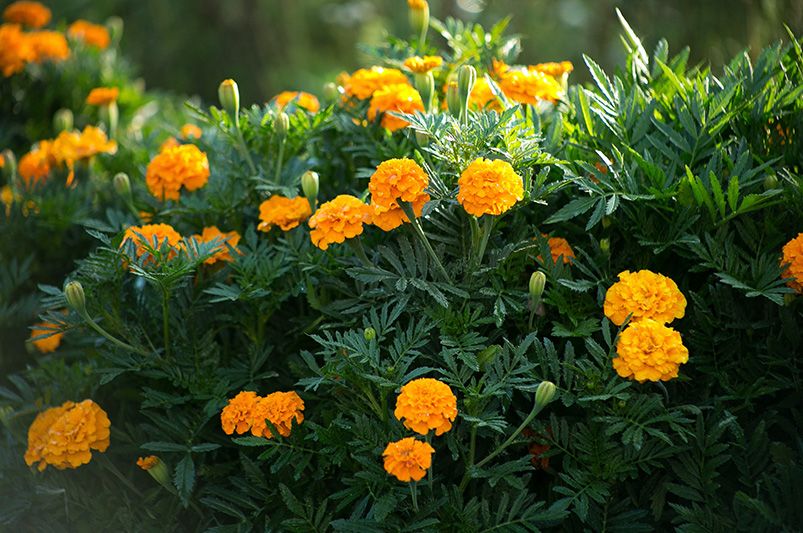
3. Marigolds: Bright and Non-Toxic Blooms
Marigolds are a bright, cheerful addition to any dog-friendly garden, offering both visual appeal and practical benefits. These vibrant flowers are generally considered non-toxic to dogs, making them a safer alternative to many popular blooms. Marigolds also have natural pest-repelling properties, helping to deter mosquitoes, aphids, and even certain types of worms from your yard. Their strong scent can discourage dogs from digging in garden beds without posing a health risk. Plus, marigolds are easy to grow, thrive in full sun, and bloom throughout the season—creating a colorful, low-maintenance space that’s as welcoming for pets as it is for people.
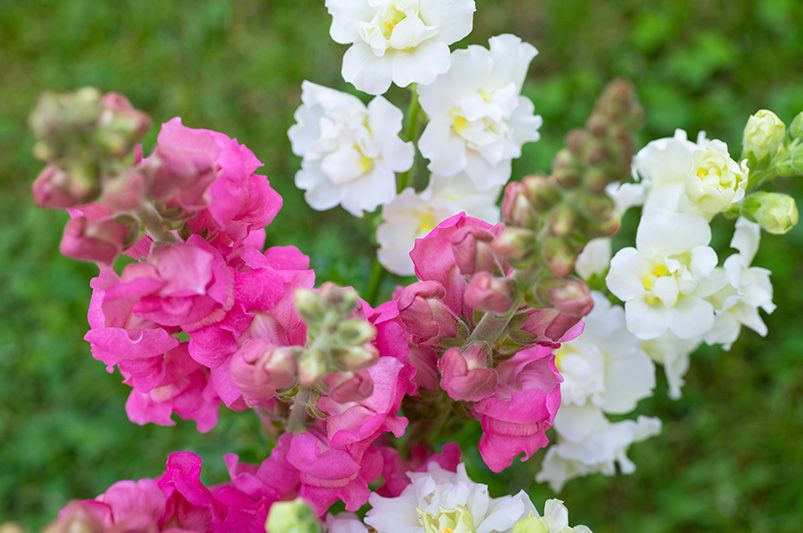
4. Snapdragons: Safe and Colorful Flowers
Snapdragons are a charming and dog-friendly choice for any garden, offering a burst of color without posing a threat to your furry companion. These whimsical, tubular flowers are considered non-toxic to dogs, so there’s no need to worry if your pup decides to sniff—or even lightly nibble—on them. Snapdragons come in a wide variety of colors and sizes, adding visual interest and vertical appeal to garden beds and borders. They’re also relatively easy to grow in cooler seasons and can handle a bit of roughhousing from curious paws. With their safe nature and playful appearance, snapdragons make a delightful addition to any pet-friendly landscape.
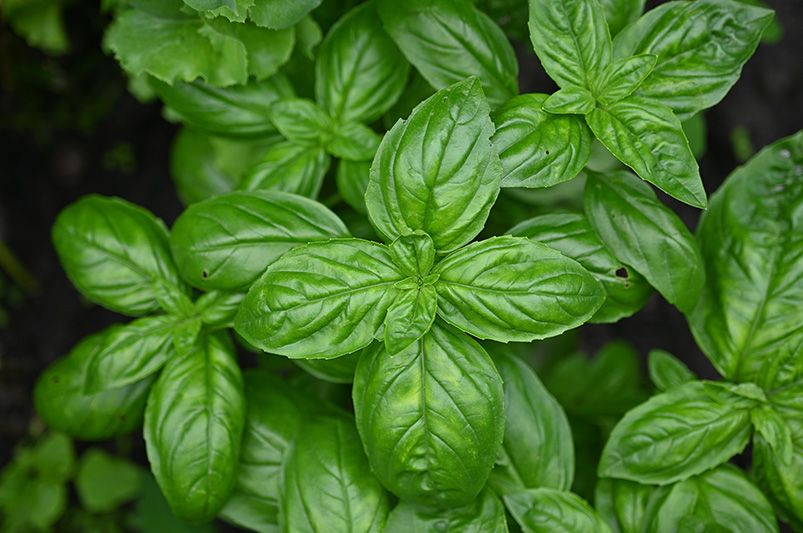
5. Basil: A Culinary Herb That's Safe for Dogs
Basil is a great dog-friendly herb to plant in your yard, offering both safety and versatility. This fragrant, flavorful plant is non-toxic to dogs and perfectly safe to grow in areas where your pup likes to roam. Basil thrives in warm, sunny spots and adds a lush green touch to garden beds, containers, or kitchen gardens. Its strong aroma may even help deter certain pests like mosquitoes and flies, creating a more comfortable outdoor environment for both you and your dog. Plus, basil is easy to harvest and use in your own cooking—making it a practical, pet-safe plant that benefits the whole household.
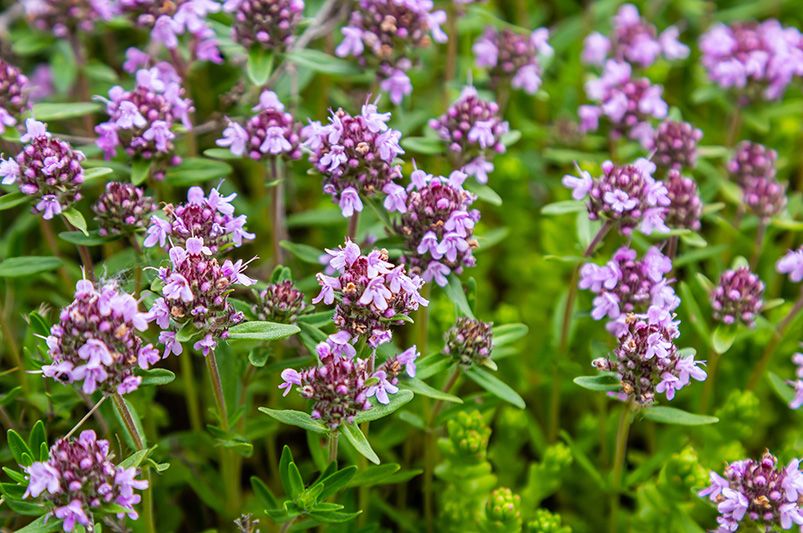
6. Thyme: A Ground Cover Safe for Pets
Thyme is a wonderful dog-friendly plant that’s as useful as it is attractive. This low-growing herb is non-toxic to dogs, making it a safe ground cover or garden accent in pet-accessible areas. Its dense, mat-like growth is perfect for filling gaps between stepping stones or along borders, and it can even withstand some light paw traffic. Thyme also releases a pleasant, earthy fragrance that can help naturally deter pests like mosquitoes and fleas. Drought-tolerant and easy to care for, thyme is a hardy, low-maintenance herb that enhances your yard’s beauty while keeping things safe and enjoyable for your four-legged friend.
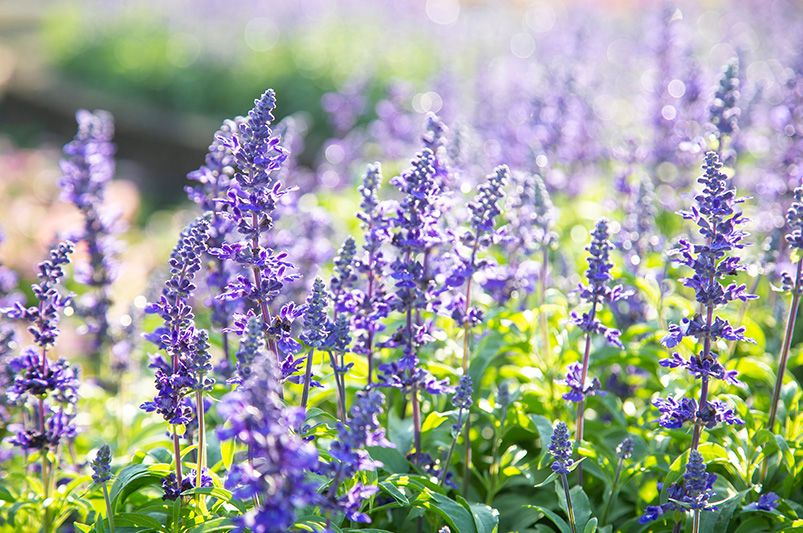
7. Sage: An Aromatic Herb Dogs Can Be Around
Sage is another excellent dog-friendly plant that brings both beauty and function to your garden. Non-toxic to dogs, sage is a safe choice for households with curious pups who like to sniff or explore the garden. Its soft, silvery-green leaves and subtle fragrance make it an attractive addition to herb beds or mixed borders. Sage is drought-tolerant, low-maintenance, and naturally resistant to many pests, helping to create a healthier outdoor environment for your pet. Plus, it’s a culinary staple you can enjoy in your own kitchen—making it a versatile, pet-safe plant that supports both your garden and your lifestyle.
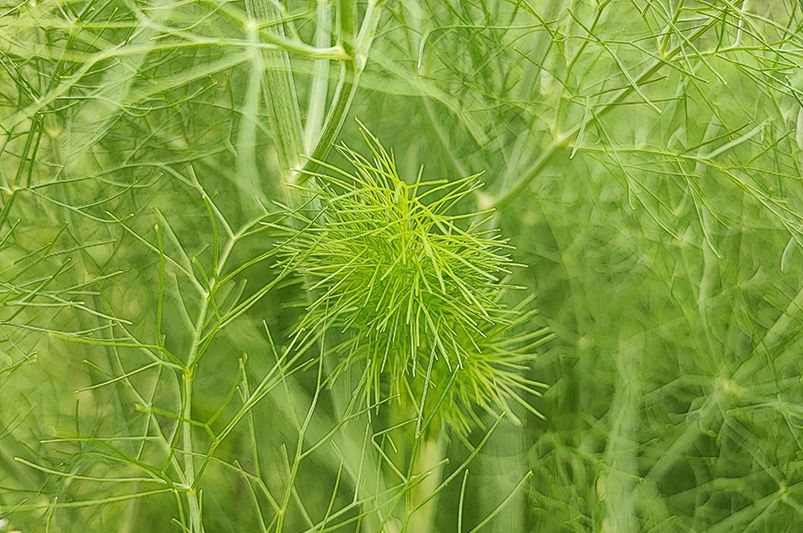
8. Fennel: Attractive and Harmless to Dogs
Fennel is a visually striking and generally dog-friendly plant that can add both beauty and utility to your garden. While it’s not toxic to dogs, it’s best to offer it in moderation, as large amounts could potentially cause mild digestive upset. That said, fennel’s feathery fronds and tall, delicate blooms make it a lovely, aromatic addition to a dog-friendly space. It’s also known for attracting beneficial pollinators like bees and butterflies, which can enhance the health of your garden overall. As a bonus, fennel has a light, licorice-like scent that some pests find unappealing, providing a gentle deterrent without harming your pup.
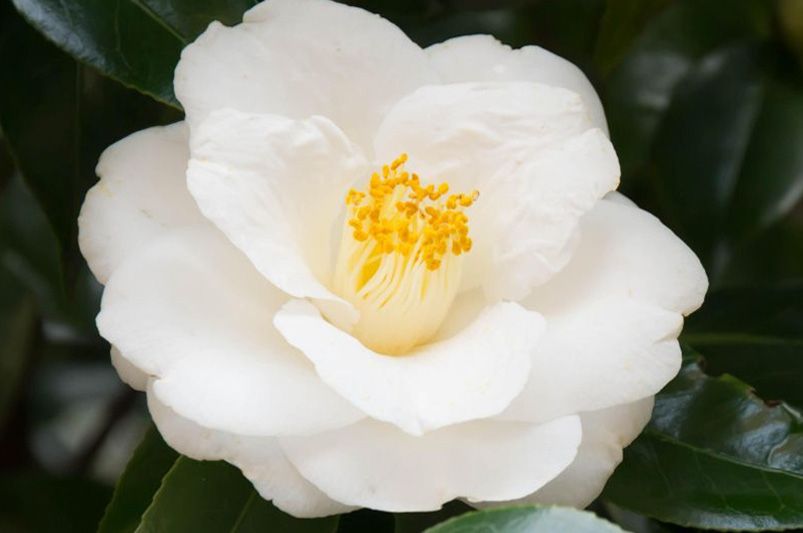
9. Camellias: Beautiful and Non-Toxic Blossoms
Camellias are a beautiful and dog-friendly option for gardens, offering lush, glossy foliage and stunning blooms without posing a risk to your pet. These flowering shrubs are non-toxic to dogs, so you can safely enjoy their vibrant pink, red, or white blossoms even if your pup likes to explore the yard. Camellias are especially popular in shaded or partially shaded areas, providing year-round greenery and seasonal bursts of color. Their dense growth also offers natural shelter or a cool resting spot for dogs on warmer days. With their classic beauty and pet-safe nature, camellias are a graceful addition to any dog-friendly landscape.
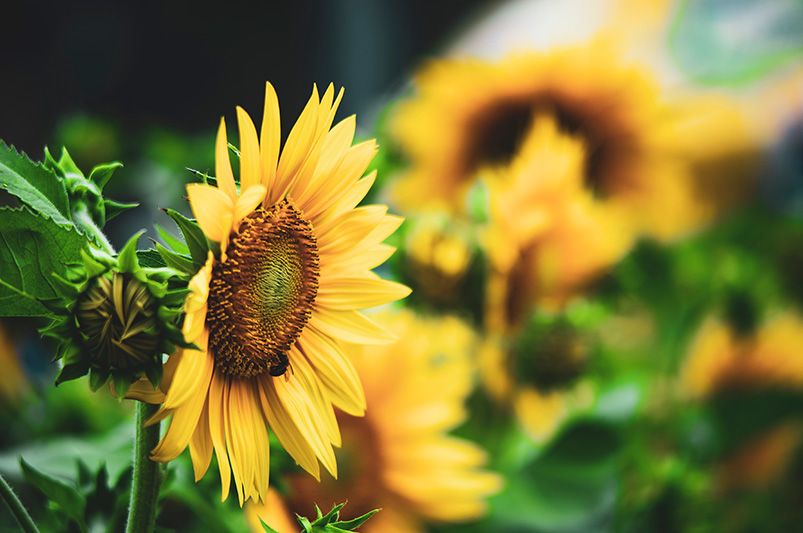
10. Sunflowers: Tall and Safe for Dog Gardens
Camellias are a beautiful and dog-friendly option for gardens, offering lush, glossy foliage and stunning blooms without posing a risk to your pet. These flowering shrubs are non-toxic to dogs, so you can safely enjoy their vibrant pink, red, or white blossoms even if your pup likes to explore the yard. Camellias are especially popular in shaded or partially shaded areas, providing year-round greenery and seasonal bursts of color. Their dense growth also offers natural shelter or a cool resting spot for dogs on warmer days. With their classic beauty and pet-safe nature, camellias are a graceful addition to any dog-friendly landscape.
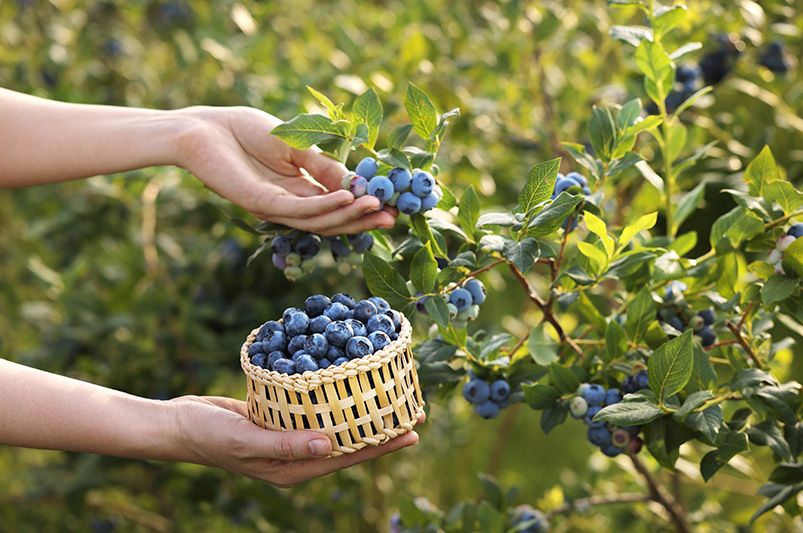
11. Blueberries
Blueberry bushes are a tasty and dog-safe addition to your garden that offer both visual appeal and edible rewards. These shrubs are non-toxic to dogs, and in moderation, the berries themselves are a healthy treat packed with antioxidants. Blueberries grow well in acidic soil with plenty of sun, and their compact size makes them suitable for both garden beds and containers. During spring, they produce delicate white blossoms, followed by juicy berries in summer and colorful foliage in fall—making them a beautiful, multi-season plant that your pup can safely enjoy alongside you.
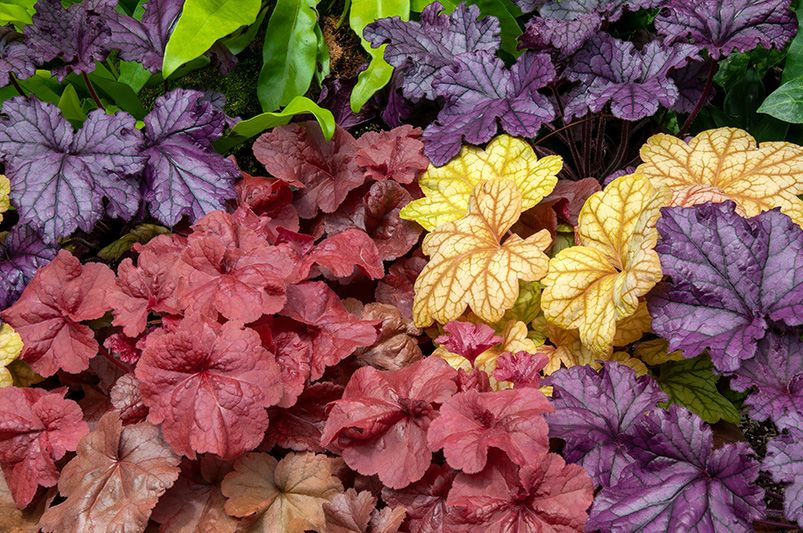
12. Coral Bells
Coral Bells are a colorful, dog-friendly perennial known for their stunning foliage in shades of green, purple, bronze, and red. These low-growing plants are non-toxic to dogs and perfect for adding texture and color to shady garden spots. Their small, bell-shaped flowers attract pollinators, while their clumping growth habit makes them ideal as ground cover or border plants. Coral Bells are hardy, relatively low-maintenance, and safe for dogs to be around, making them a practical and stylish choice for pet-conscious landscaping.
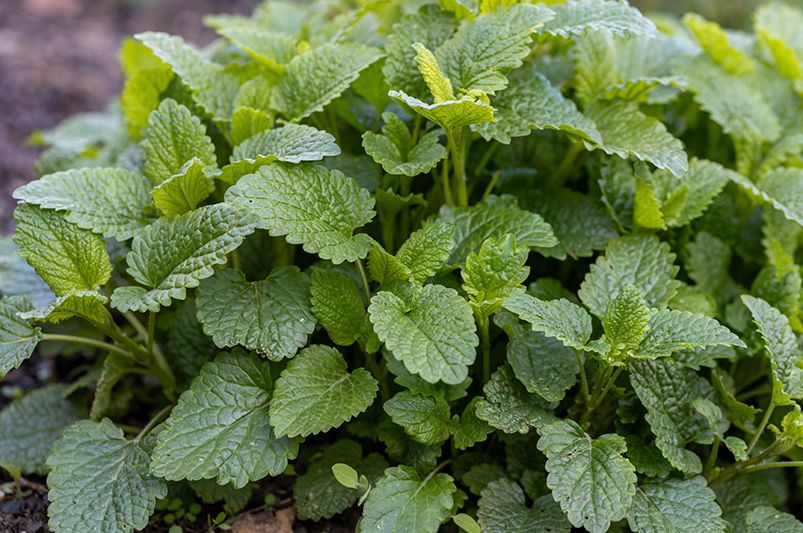
13. Lemon Balm
Lemon Balm is a fragrant, dog-safe herb that offers soothing benefits for both people and pets. Part of the mint family, it’s non-toxic to dogs and known for its calming scent, which may even help reduce anxiety in pets. Its soft, green leaves release a fresh lemony aroma when brushed against, making it a sensory delight for curious pups. Lemon Balm thrives in partial to full sun and spreads easily, making it a great filler plant in herb gardens or beds. It’s also edible and can be used in teas or recipes, providing a multipurpose, pet-safe addition to your garden.
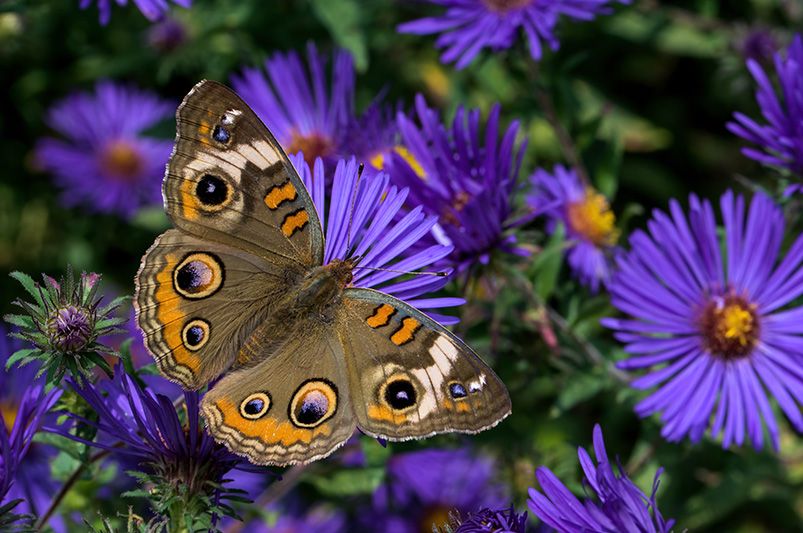
14. Asters
Asters are late-season bloomers that bring vibrant color to the garden just as summer flowers begin to fade—and they’re non-toxic to dogs. These daisy-like flowers come in shades of purple, pink, and white, attracting pollinators like bees and butterflies. Asters are easy to grow in full sun and well-drained soil, and their upright growth habit makes them great for borders or wildflower gardens. With their safe nature and extended blooming season, asters are a lovely, dog-friendly way to keep your yard colorful into the fall.
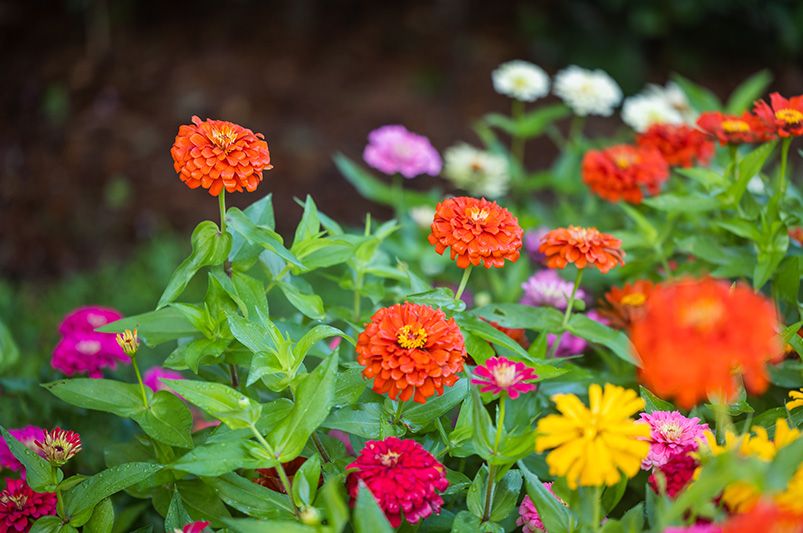
15. Zinnias
Zinnias are a bright, dog-safe annual that delivers a big pop of color with very little effort. These non-toxic flowers bloom in a wide range of vibrant shades and are loved for their ability to attract butterflies and hummingbirds. Zinnias are tough, heat-tolerant, and fast-growing, thriving in sunny spots and blooming continuously through the warmer months. They also make excellent cut flowers, so you can enjoy their cheerful presence indoors and out. Best of all, they’re completely safe for dogs, making them a reliable and rewarding choice for pet-friendly gardens.
Keeping Your Garden Safe for Dogs
Creating a dog-friendly outdoor space involves more than just choosing non-toxic plants—it requires a thoughtful approach to safety and design. Understanding potential hazards, such as toxic plants, sharp landscaping materials, or open access to harmful areas, is key to preventing accidents.
By educating yourself on which plants to avoid and incorporating natural barriers like raised beds, fencing, or mulch paths, you can create a secure environment where your dog can explore freely. With the right precautions in place, you’ll have peace of mind knowing your furry companion can enjoy the garden just as much as you do.
Identifying Toxic Plants: A Guide for Dog Owners
Even with the best precautions, accidents can still happen—especially when curious dogs explore the garden with their mouths. That’s why it’s essential for pet owners to be aware of common toxic plants that could pose a risk to their furry friends.
Learning to recognize the names and appearances of harmful plants allows you to remove them from your yard or keep your dog away from areas where they may be present. Some of the most well-known toxic plants include sago palms, lilies, azaleas, and oleanders—but there are many others that can also be dangerous.
If you suspect your dog has ingested a toxic plant, seek veterinary care immediately. Acting quickly can make a critical difference in your pet’s recovery. For more information, consult trusted resources like the ASPCA website or their poison control hotline, where you can find a comprehensive list of toxic plants and learn to spot warning signs such as vomiting, drooling, or diarrhea.
Conclusion
In conclusion, adding dog-safe plants outside can make your garden look beautiful. It also keeps your dogs safe. Plants like fragrant lavender and colorful snapdragons give your garden a charming touch while protecting your furry friends. If you learn about and choose dog-safe plants, you can have a garden that helps your pets and your gardening dreams. So, be careful when you plant. Create a lush space that supports your plants and your pets. Your garden can be a safe place for everyone to enjoy!
Frequently Asked Questions
How do I know if a plant is toxic to my dog?
The ASPCA maintains a searchable database where you can check plant toxicity. Always verify new additions using trusted sources before planting.
What are the most dangerous toxic plants for dogs?
Some of the most dangerous plants for dogs include sago palms, lilies, azaleas, oleanders, tulips, daffodils, foxglove, hydrangeas, and yews. These plants can trigger severe symptoms such as vomiting, tremors, and even organ failure. If you have pets, it's crucial to keep these plants out of your garden to help ensure their safety.
Can all herbs be safely planted around dogs?
Not all—while basil, rosemary, sage, thyme, and lemon balm are safe, other herbs like chives and oregano can be harmful to dogs .
How can I prevent my dog from chewing on plants?
Train your dog to stay off plant beds, use raised containers or fencing, and monitor them closely while in the garden. You can also use pet-safe deterrents and offer plenty of toys and stimulation .


